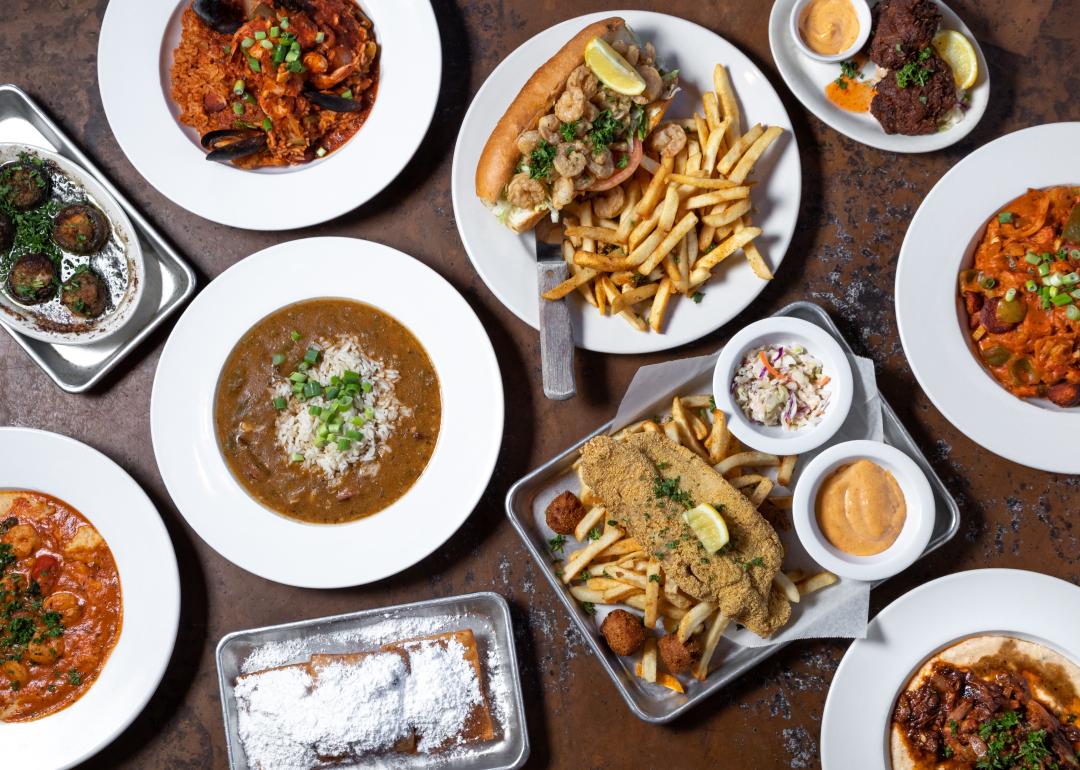
A brief look at Black American history told through 10 food traditions
A brief look at Black American history told through 10 food traditions
Visit any region of the United States, and you'll find Black American cuisine with historic and multinational roots. Some dishes are so indelible to American culture that the contributions of African American chefs in their creation have largely been forgotten.
"We are a race that has never before existed: a cobbled-together admixture of Africa, Europe, and the Americas. We are like no others before us or after us," Jessica B. Harris, historian and author of "High on the Hog: A Culinary Journey from Africa to America," wrote.
African American food is a rich culinary tradition fraught with questions of race and the complex legacy of slavery. Many dishes pay homage to the West and Central African roots of the people who created them; others speak to the social and political movements that unfolded while Black chefs and home cooks nourished and innovated with their food.
Much of African American cuisine can trace its origins back to the U.S. South, as a majority of African-descended people begin their history in the United States during slavery. From there, one can see how Africans in America rely on the cooking traditions and ingredients from their homes in West and Central Africa, mixed with ingredients and techniques used by Native Americans and European settlers.
There are examples, however, of individuals creating new dishes in isolation. Whether it's hot chicken in the South or bean pies in the North, the tastes of these fresh takes on African American cuisine have quickly caught on and spread throughout the country.
Starting from Texas, moving regionally across the South, and finally heading up to the Midwest, Stacker selected 10 food traditions that represent different moments in Black American history using the work of food historians, news reports, and museum resources.
From the rice and grits-based dishes of the Gullah Geechee on the East Coast to the melting pot of flavors in Louisiana's Creole cooking to the charcoal grilling traditions of the Midwest, one could travel across the United States and get unique flavor profiles at every turn.
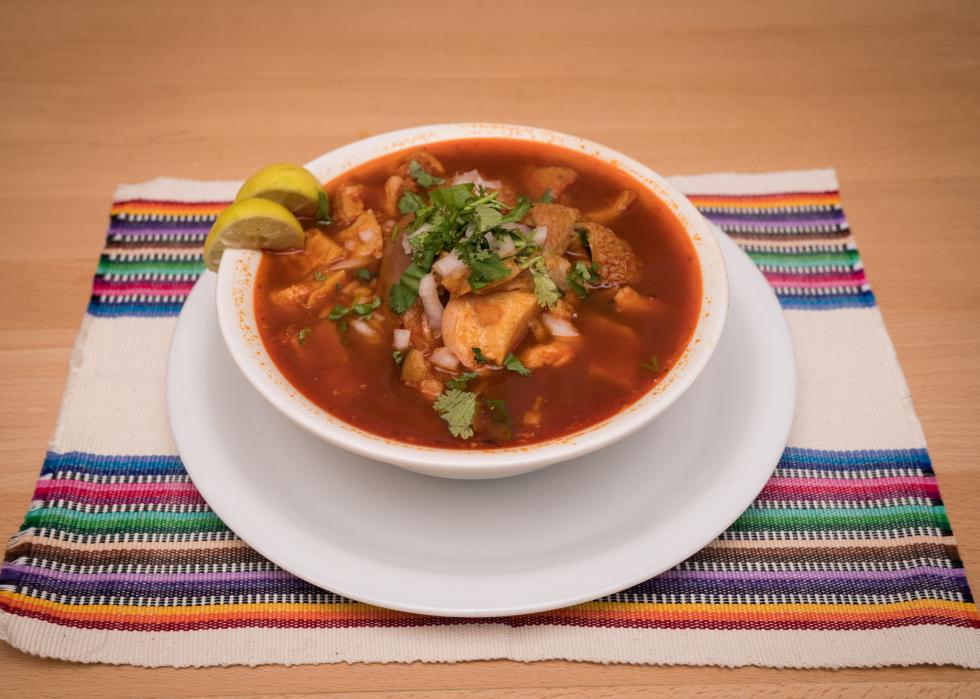
Menudo
Menudo may be known as a Mexican soup, but its creation isn't possible without the enslaved Africans who brought their dishes to Texas. The origins of menudo come from Zaire, where eating the innards of animals was an established tradition.
In the United States and Texas specifically, enslavers ate the choice pieces of meat. They gave the people they enslaved the less desirable cuts and animal intestines to eat. African Americans turned intestines and tripe into a delicious soup. Today, people often serve menudo for special occasions such as weddings, birthdays, and holidays in many Mexican American families.
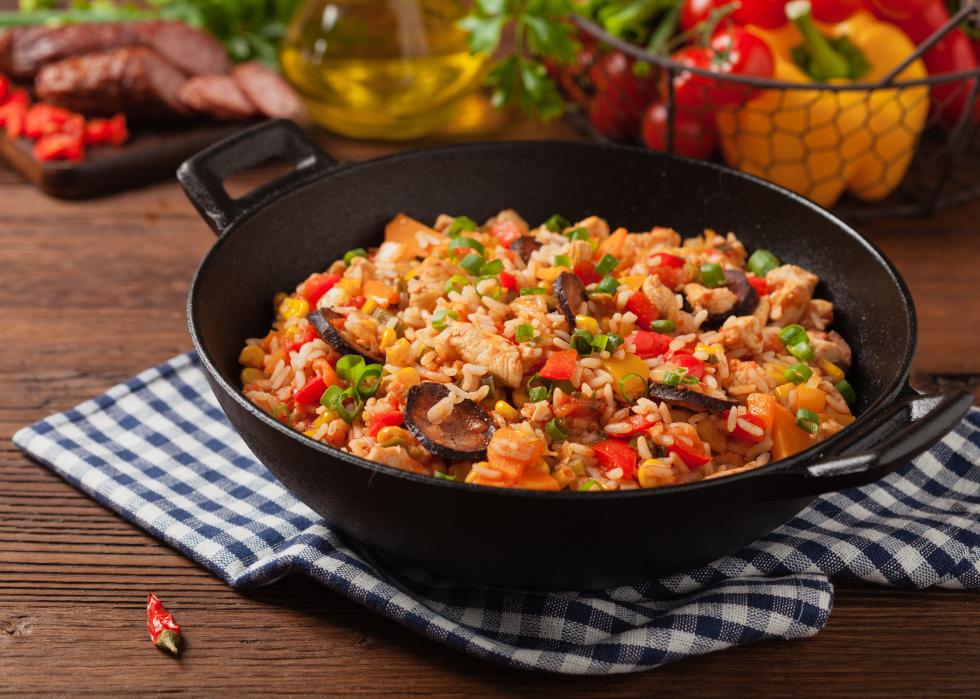
Jambalaya
The Creole dish of jambalaya, a rice-based dish filled with various meats and vegetables prepared in a single pot, is made possible by the cooking influences of Native Americans, West Africans, Spanish, and French. The history of Louisiana as a territory from the mid-1600s to the early 1800s makes it possible to see how these influences came together.
Once European settlers arrived, present-day Louisiana was ruled and inhabited by the French and, later, the Spanish. Throughout its colonization, free and enslaved people who descended from West Africa lived in Louisiana.
Jambalaya's most noticeable relative is West African jollof rice. Both dishes rely heavily on tomatoes and rice and make use of whatever other ingredients the cook may have on hand to cook together in one pot. Creole culture in Louisiana goes beyond local cooking to include elements like language and music. Creole culture today often acknowledges one's roots in Louisiana and ancestry from West Africa.
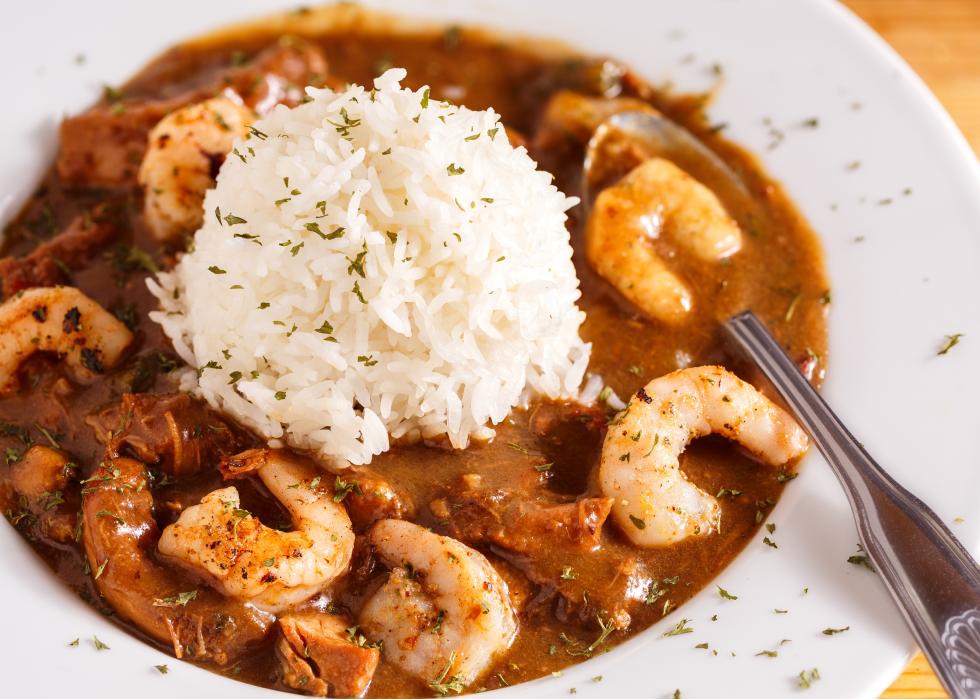
Gumbo
Gumbo, like jambalaya, also came out of the culinary mix of Native, West African, and European food traditions in Louisiana. People of African ancestry in the area introduced using West African okra, which is used to thicken the stew. The dish's name likely originated from a West African word for okra.
The Choctaw Nation, native to Louisiana, also contributed their use of sassafras leaves as a thickening agent for some types of gumbo. Finally, the use of a roux is a technique that comes from France.
Recipes for gumbo began appearing in Louisiana in the late 1800s, with recipes calling for one or two of the aforementioned thickening agents. By 1881, Abby Fisher published her book, "What Mrs. Fisher Knows About Old Southern Cooking" in San Francisco. The second-oldest known book of recipes to be written by an African American includes three recipes for gumbo.
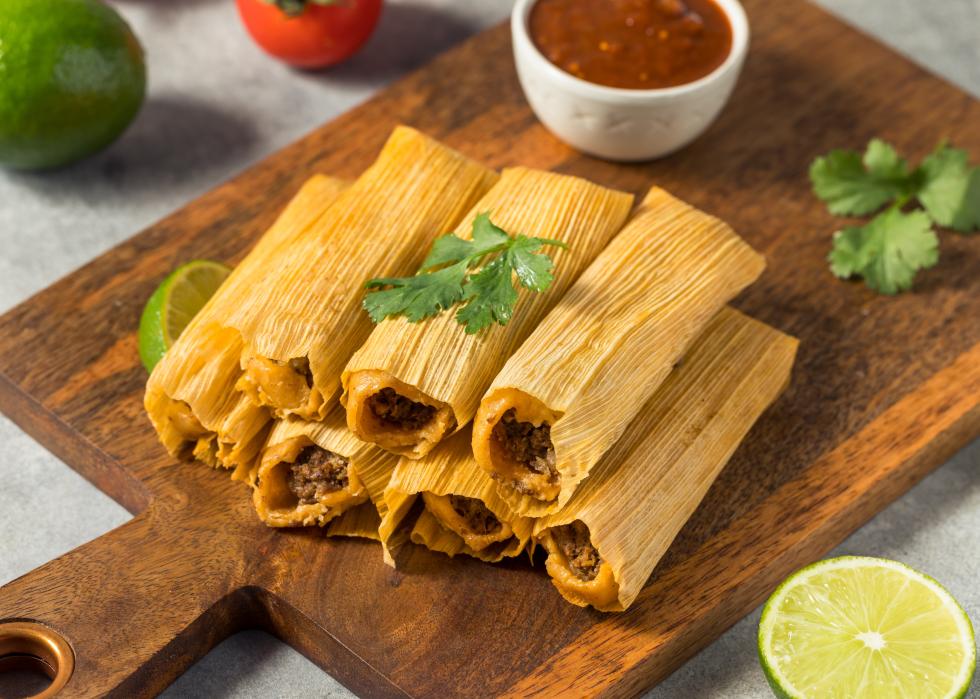
Hot tamales
The Mexican tamale influenced African Americans in the Mississippi Delta to create their own spin on the meat-filled cornmeal dish. Although how and when the cultural exchange occurred is unconfirmed, some suspect African Americans were introduced to the dish in the early 20th century when Mexican migrant workers began to work in cotton fields alongside Black laborers. Others believe the cultural exchange occurred decades earlier during the U.S.-Mexican War.
The final theory is that Black Americans picked up tamale-making from Native Americans who originally lived in the region. Delta tamales are typically smaller than their Mexican predecessor. They're often stuffed with beef instead of pork and steamed in a spiced brine. Once Delta-style tamales took off, love for the dish moved north as families migrated from Memphis to Chicago.
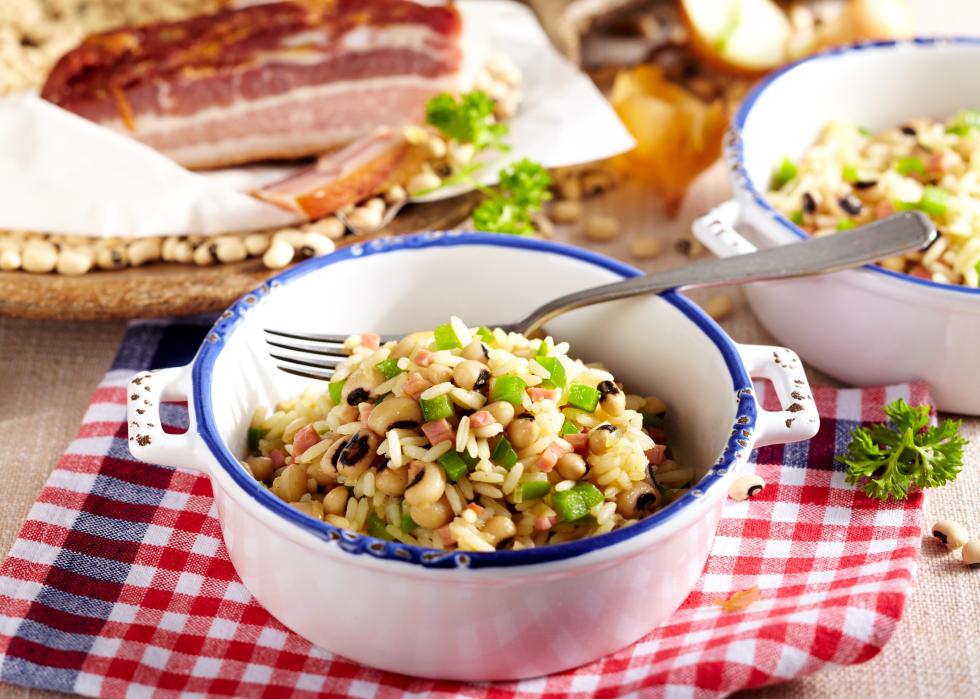
Hoppin' John
Hoppin' John, a one-pot dish of pork, rice, and peas, hails from the Gullah Geechee community of southeastern coastal states like North Carolina, South Carolina, and Florida. Foodways author Jessica B. Harris ties the dish closely to the Senegalese dish, chiebou niebe, a rice-based dish made with beef instead of pork.
Although many people today associate the dish with black-eyed peas, Hoppin' John originally included reddish-brown field peas and Carolina gold rice. Enslaved Gullah Geechee, whose ancestors were from rice-producing countries such as Angola and Côte d'Ivoire, regularly cultivated rice on South Carolina and Georgia coastal plantations.
Karen Hess writes in her book, "The Carolina Rice Kitchen: The African Connection," that the earliest written recipe for Hoppin' John appears in 1847, in a cookbook written by a white woman from Charleston. However, she says the recipe for Hoppin' John originated with enslaved people cultivating rice in South Carolina long before that.
As Black Americans from the Lowcountry moved to different parts of the U.S. during the 20th century, families likely replaced field peas with more readily available black-eyed peas. Today, Hoppin' John and black-eyed peas remain a symbol of health and wealth, often eaten to ring in the new year.
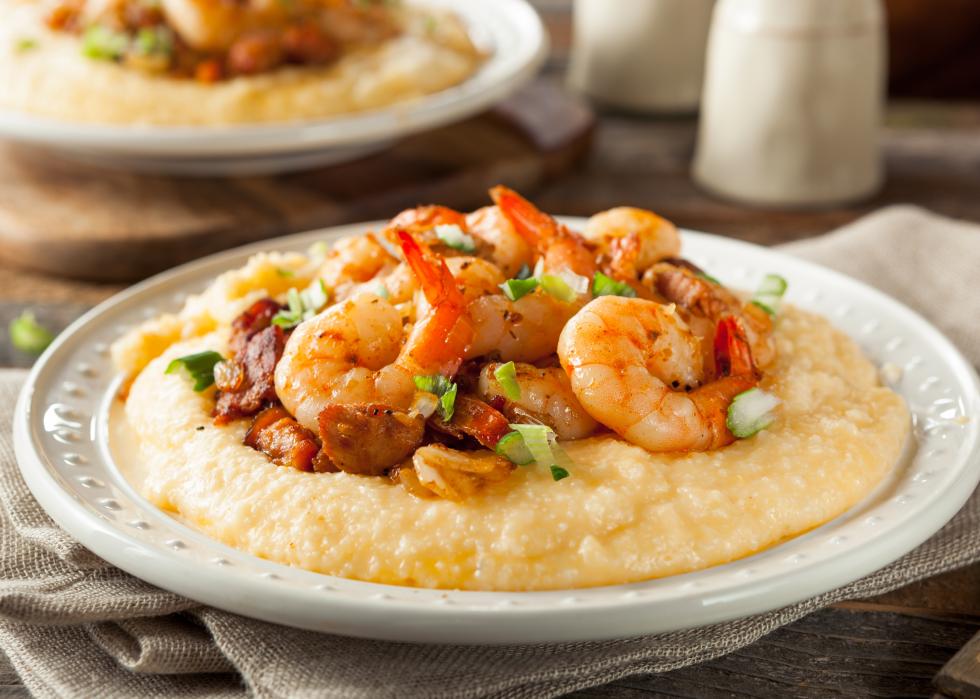
Shrimp and grits
One has to head back to the South Carolina area to get to the origins of shrimp and grits. Grinding corn to get the gritty texture of grits known today began with the Muscogee Nation. They passed their traditions to white settlers and the Gullah Geechee community, who were enslaved on plantations along the coast.
The earliest depictions of dishes combining grits and shrimp come from the Gullah Geechee. By the early 20th century, cookbooks from the Charleston, South Carolina, area began sharing recipes for "breakfast shrimp" or "shrimp and hominy," similar to the shrimp and grits enjoyed today.
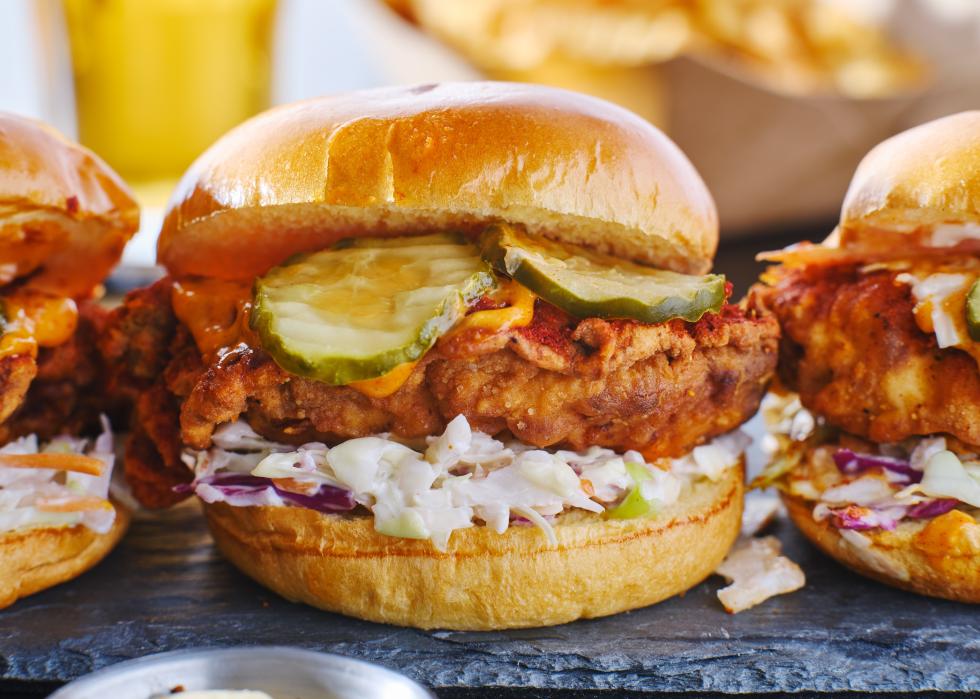
Hot chicken
The fiery hot spices on the fried chicken commonly referred to as "Nashville hot chicken" comes from Prince's Hot Chicken, a restaurant in Nashville, Tennessee. According to the family, Thornton Prince's lover added extra heat to his fried chicken out of suspicion he'd been with another woman. Instead of doubling over from the spicy chicken, he loved the taste and eventually worked to perfect the recipe.
Prince opened his first hot chicken shack in Nashville in the 1930s, at the height of the Great Depression and Jim Crow laws dictating segregation across the South. His first chicken shack was on Jefferson Street, in the city's Black neighborhood near present-day Tennessee State University.
Many restaurants, including fast food chain KFC, have put their spin on the Nashville delicacy, but its roots remain with Prince's Hot Chicken and the historically Black neighborhoods of Nashville.
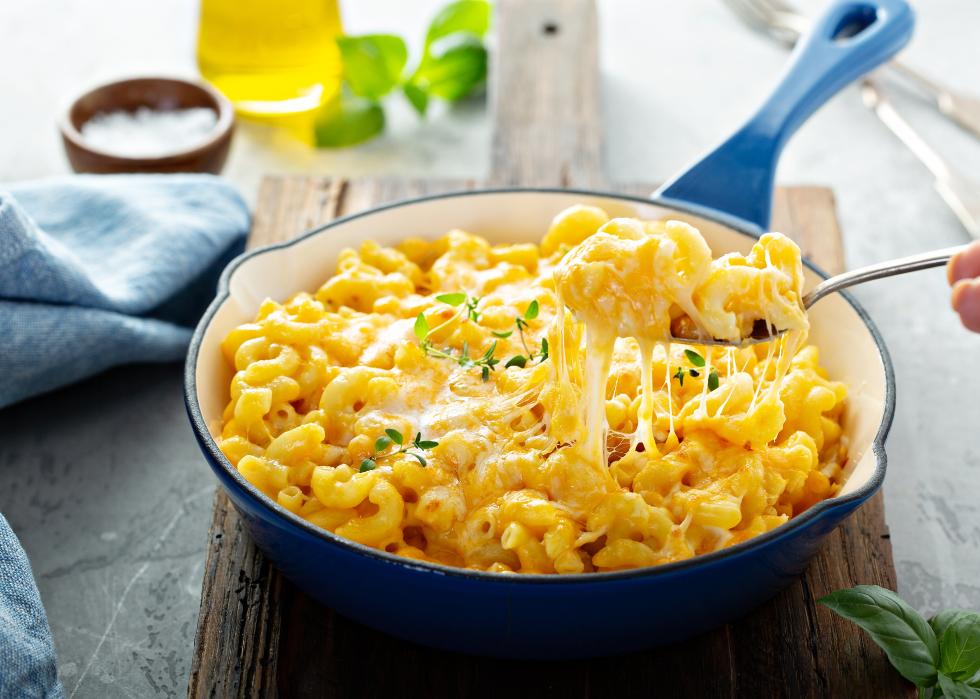
Macaroni and cheese
The macaroni and cheese dish Americans know and love today wouldn't be possible without the contributions of America's first master chef, James Hemings. Hemings was enslaved by America's third president, Thomas Jefferson.
In 1784, just one year after the Revolutionary War ended and eight years after Jefferson and others signed the Declaration of Independence, Jefferson brought Hemings to Paris to be trained in French cooking.
Black Americans who were enslaved wouldn't gain their freedom for another 79 years in the United States, yet in France, the laws were different. French law condoned slavery, but a person who was enslaved could petition the courts for freedom. However, there's no record of Hemings taking that option, and Hemings returned to the United States still enslaved.
In the 1790s, he began altering a French bechamel dish known as macaroni pie to suit the tastes of Americans. It was the beginning of America's love for macaroni and cheese. Hemings is also credited with creating ice cream, french fries, and whipped cream.
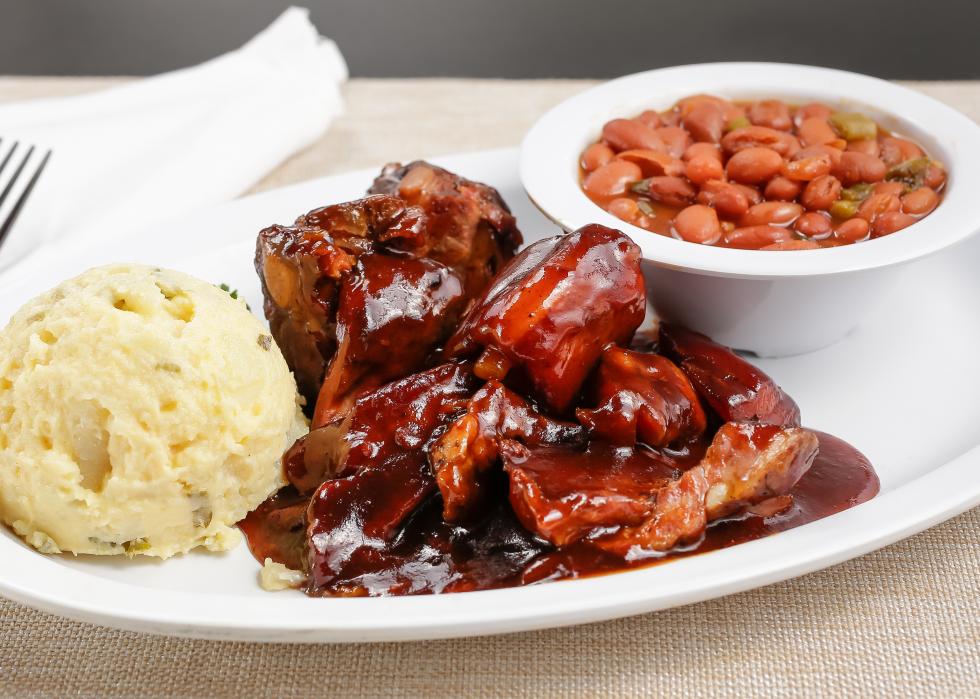
Rib tips
The labor-intensive art of barbecuing meant that by the 18th century, African Americans who were enslaved were the go-to pitmasters across the U.S. South. They often combined curing traditions from West Africans, Europeans, and Native Americans. After Emancipation, these skilled chefs were recruited across the country for their barbecue know-how.
In the 20th century, as meat processing became more sophisticated, butchers began cutting off the gristle at the tip of pork ribs to create a squared-off cut of meat. These so-called St. Louis-style ribs sold for a higher price and left a new unwanted piece of the meat: the rib tips.
Chicago pitmasters began buying these rib tips in bulk from Chicago slaughterhouses and innovating their charcoal grilling techniques to make them more tender and flavorful. By the 1950s and 1960s, rib tips became a staple in barbecue restaurants on the South Side of Chicago, such as Lems and Argia B's.
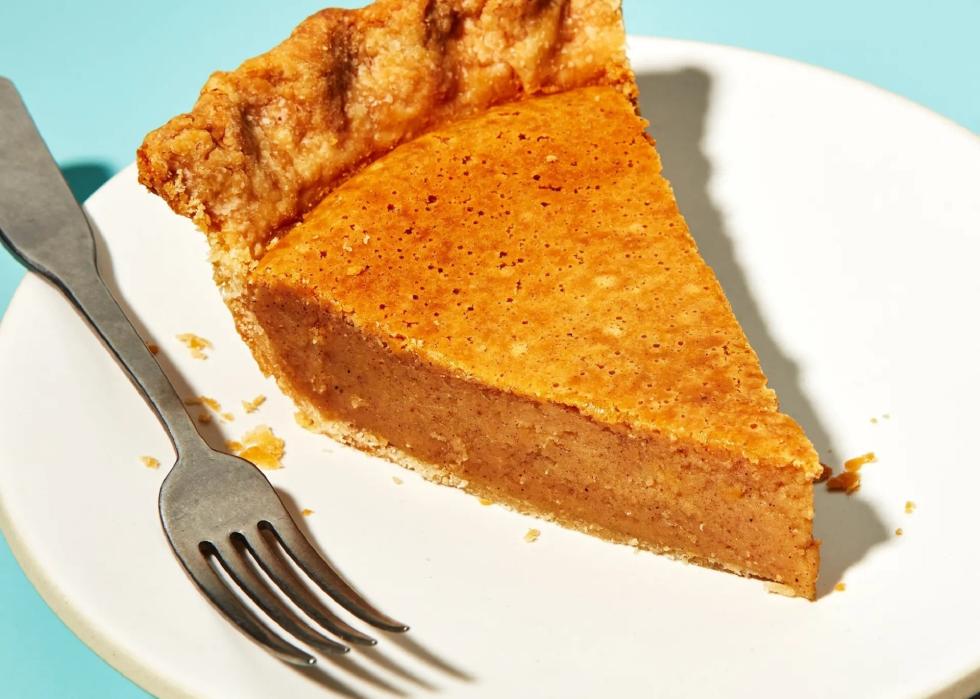
Bean pies
Forget apple pie—there's nothing more American than bean pie. This custard-based pie is made with mashed navy beans. It gained prevalence in the 1930s when Black American Muslims looked for a replacement for sweet potato pies. The Nation of Islam did this to create a cultural identity that was not rooted in slavery.
According to the Chicago Reader, Wallace Fard Muhammad gave the first bean pie recipe to Nation of Islam leader Elijah Muhammad in Detroit. Members of the Nation of Islam have been known to sell the iconic bean pies across the country ever since, particularly in large cities such as New York, Chicago, and Los Angeles.
Story editing by Carren Jao. Copy editing by Kristen Wegrzyn. Photo selection by Clarese Moller.



